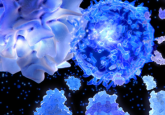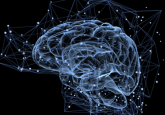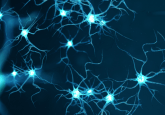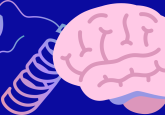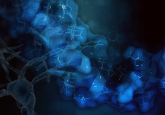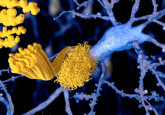Taking out the trash: the journey of an extraordinary, experimental Alzheimer’s drug
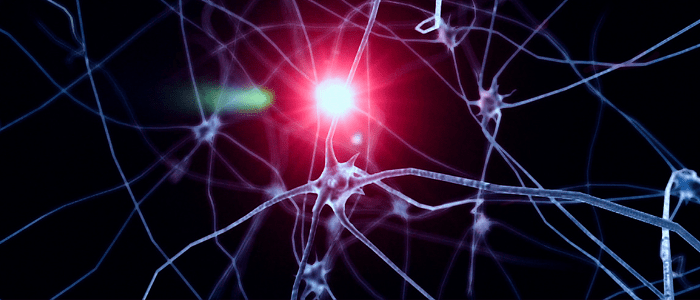
The importance of a cell-clearing mechanism in Alzheimer’s has been exposed and utilized to design an experimental therapeutic for the disease. A team of researchers from the Albert Einstein College of Medicine (NY, USA) has determined the significance of a mechanism that clears defunct and excess proteins in Alzheimer’s disease and used it as the basis to develop a novel drug. When tested in a mouse model, the drug succeeded in improving clearance and reversing symptoms. The importance of a chaperone The clearing process, known as chaperone-mediated autophagy, was discovered and has been rigorously studied by the study’s co-lead author Ana Maria...
To view this content, please register now for access
Join our member community for FREE to access a collection of journal and online-only features, including:
- Exclusive access to educational videos, eBooks and insights into top BioTechniques journal articles
- The latest news and journal updates delivered straight to your inbox when you want it
- Personalized recommendations for the latest member-exclusive podcasts, interviews and expert opinions
- Priority registration to webinars, panel discussions and events
- Access to competitions and journal publication discounts, including 10% off open access fees when you sign up today!
